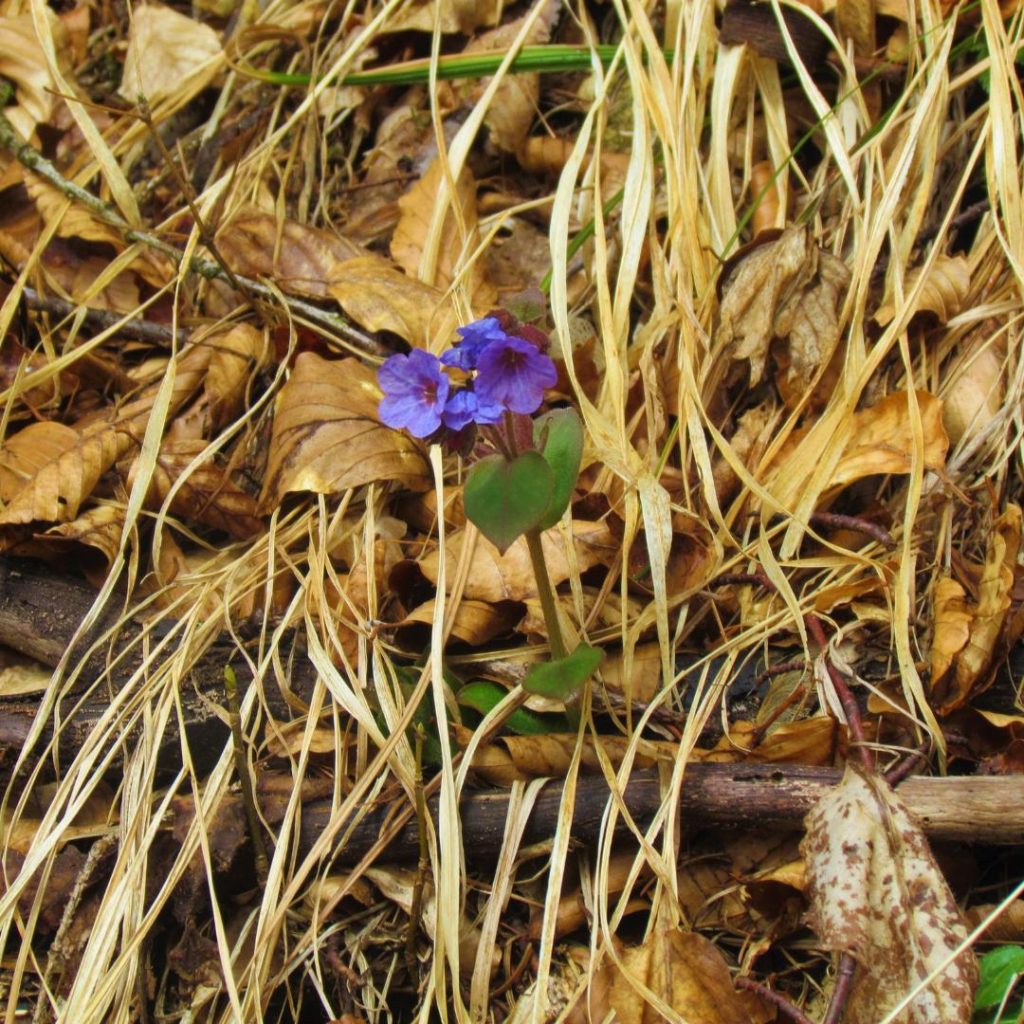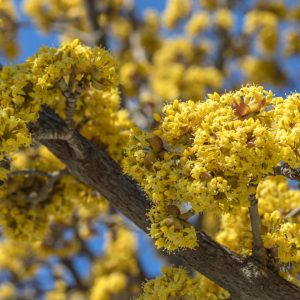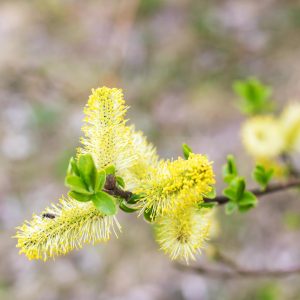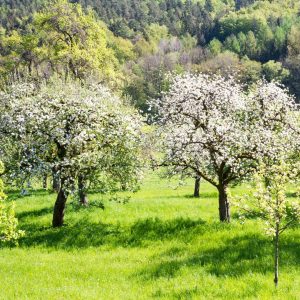Early bloomers as a good start for insects

The first heralds of spring are important for the soul, they are also essential for a good start to the insect year. If you have such plants in your kingdom, it is best to preserve, propagate or replant them - they are the hors d'oeuvre and the basis of the annual insect menu.
Nature awakens with the first rays of sunshine and the accompanying temperatures. Initially with delicate shoots, which quickly develop into fragrant flowers and soon explode in a firework display of lushness - but we're not there yet.
With the first warm days, not only do the first offspring venture to the surface, but the bees also wake up in their hives and leave their warm homes for a first cleaning flight (after the long winter they also need to empty themselves). On these first warm days, queen bumblebees can often be seen searching for a suitable nesting site.
In the course of these first exploratory flights, it is particularly important that the delicate creatures feed on one or two early flowering plants. A diverse garden can be very helpful here.
 Cornelian cherry
Cornelian cherry
It is known as a wild fruit and is often an early grower. As a large shrub or small tree, it is a slow-growing plant and could be planted as a solitary specimen. It makes sense to plant large-fruited varieties such as Jolico and Kasanlaker so that the fruit can be used in late summer.
In its wild form, it is even suitable for clipped hedges in natural gardens.
 Pasture
Pasture
The willow is suitable for larger gardens as a valuable source of food in early spring. With regular pruning, it can even be kept in check.
Smaller willow species can also be happy as potted plants.
Regular pruning (after flowering, of course) is important in any case to ensure that the catkins form.
 Fruit blossom
Fruit blossom
The so-called Prunus species such as almonds, apricots and peaches are followed by plums and mirabelle plums and then the eagerly awaited cherries. A little later, apples and pears begin to blossom. Not forgetting the soft fruit, which also blooms early, but often shows an inconspicuous blossom, e.g. prickly pears and currants.
 Early bloomers
Early bloomers
Wild crocuses, blue starflowers, snow roses, coneflowers, lungworts, star hyacinths and many more provide a gentle anticipation of longer days - for insects they are important for a good and stable start to the year.
Let's support them! 💚






